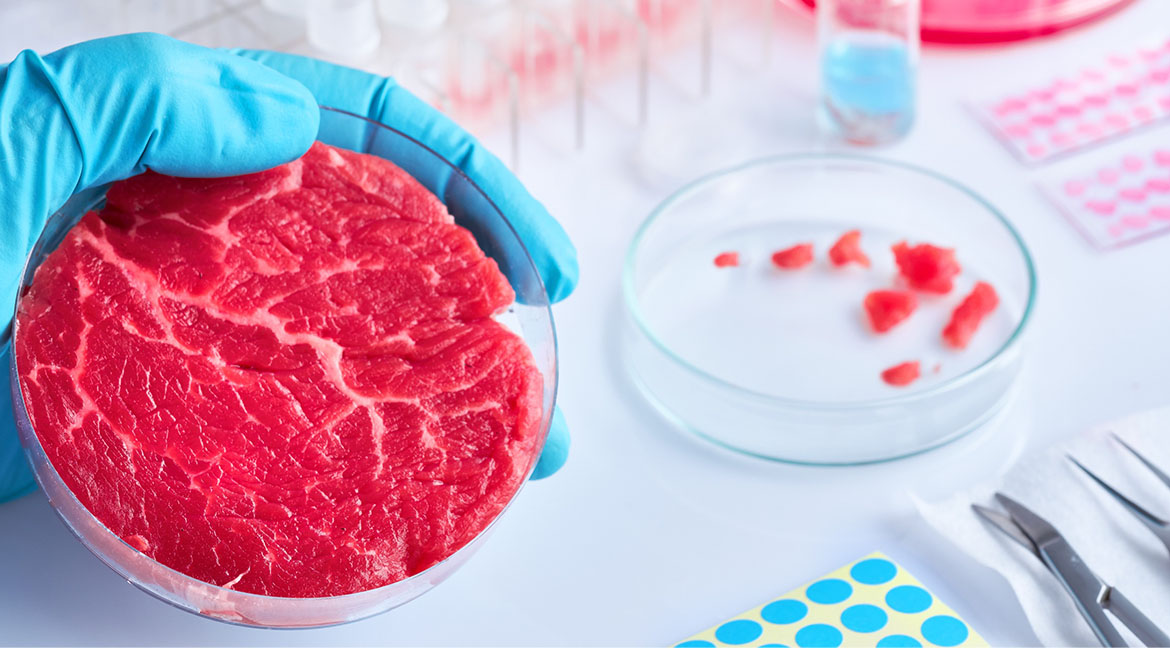Researchers from the National University of Singapore (NUS) have developed a new plant protein ink they can use to create scaffolds on which to grow meat in laboratories in a more cost-effective way.
The edible ink is made from the by-products of agricultural grains like maize and barley, and the team uses it to 3D-print the scaffolds, which provide the micro-sized structure for cells to form into the intended shape.
Cell culture scaffolds provide the structural support for cells to multiply and develop into tissue. However, they are typically made of synthetic or animal-based materials that are expensive and inedible, making meat cultivation difficult on a massive scale, said Professor Huang Dejian, Principal Investigator of the project.
The team was actually developing the 3D-printing method for biomedical uses when it realised it had another potentially important application.
“As the demand for scaffolds for meat culture is on the rise and remains a bottleneck in the development of lab-based meat, the idea of using 3D-printed scaffolds for meat culture came naturally to us,” explained Prof Huang, who is also Deputy Head of the Department of Food Science and Technology at NUS.
He added that because the plant protein-based scaffolds provide a conducive environment, the cells grow three times faster than they do on traditional plastic-based scaffolds. A process originally known to take up to a month is now shortened to approximately 10 days.
As proof of concept, the team cultured pig muscle stem cells on the scaffold, adding beet extract to simulate the reddish colour of meat.
Their experiment was a success – within 12 days, the team had cultured meat that was similar in texture and overall appearance to real animal meat.








